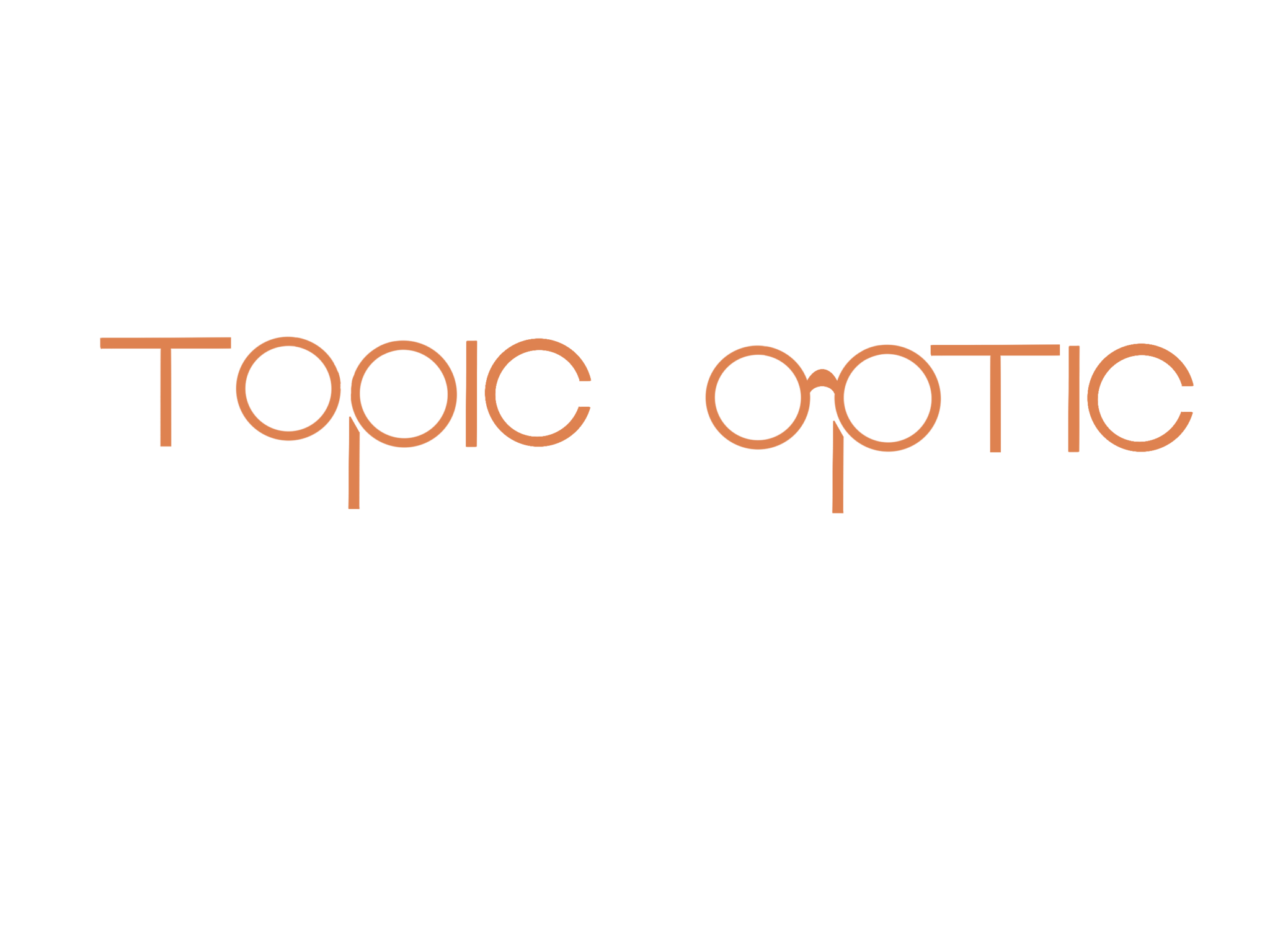Stye (hordeolum)
What Is a Stye (Hordeolum)?
A stye, also known as a hordeolum, is a common, painful lump on the eyelid. It’s caused by a bacterial infection of the oil glands in the eyelid and often resembles a pimple. There are two main types: an external stye, which occurs at the base of an eyelash and represents an infected hair follicle, and an internal stye, which occurs inside the eyelid due to an infected oil gland.
Symptoms of a Stye:
The most noticeable sign of a stye is a red, tender bump on the eyelid. Other symptoms may include:
- Swelling of the eyelid
- Pain and tenderness in the affected area
- Crusting around the eyelid margins
- A feeling as if something is in the eye (foreign body sensation)
- Tearing of the eye
- Sensitivity to light
Treatment for a Stye:
Most styes can be treated at home and typically resolve within a few days to weeks:
- Warm Compresses: Applying a warm compress to the affected area for 10 to 15 minutes, three to four times a day, can encourage the stye to drain on its own.
- Gentle Massage: After applying the warm compress, gently massaging the stye can help speed up the drainage process.
- Good Hygiene: Keeping the eyelid clean and avoiding the use of makeup or contact lenses until the stye heals.
- Avoid Squeezing or Popping: Do not attempt to squeeze or pop the stye, as this may spread the infection.
If a stye is particularly painful, persistent, or affects vision, professional medical treatment might be necessary. In rare cases, antibiotics or surgical drainage might be required.
Prevention of Stye:
To prevent styes:
- Practice good hand and face hygiene.
- Remove eye makeup before sleep.
- Replace makeup frequently, especially eye products.
- Never share eye makeup.
- Clean contact lenses thoroughly before use.
To learn more about a stye, its causes, diagnosis, and surgical options, visit your optometrist.
Please note that this information is provided for informational purposes only and should not substitute professional medical advice. If you suspect you have a stye or any eye-related concerns, it is important to consult with an eye care professional for a proper evaluation and personalized recommendations.

